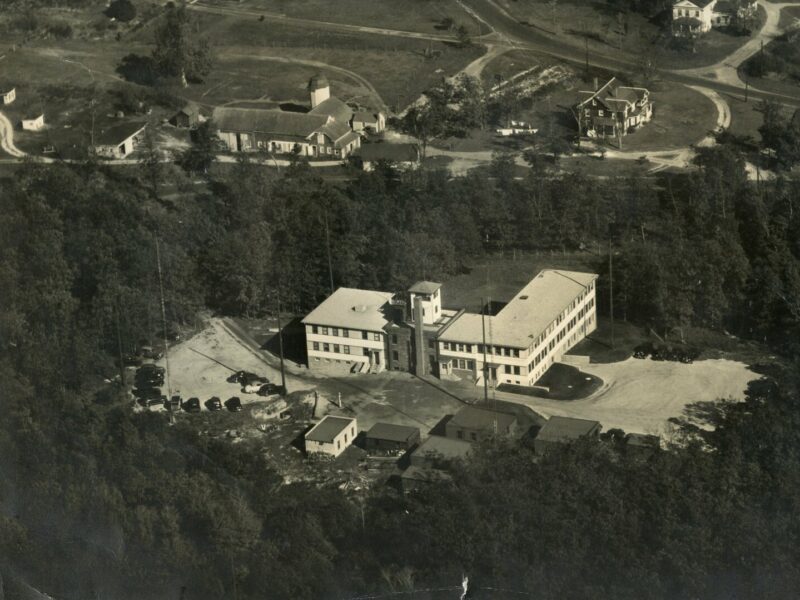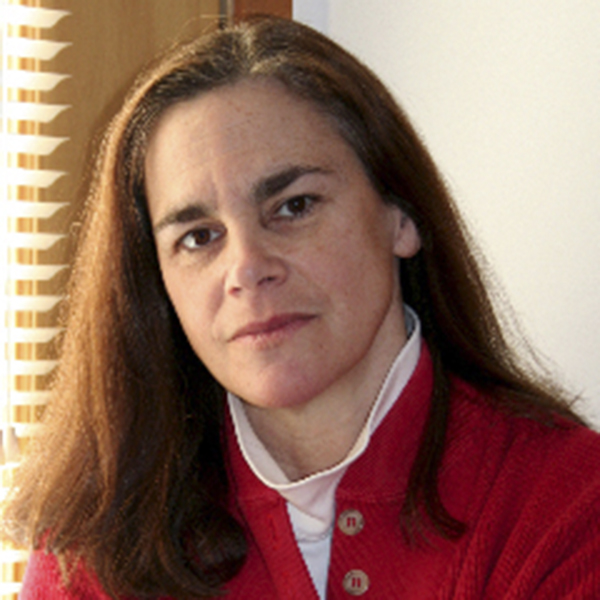

A symposium on “Long Island Experimentation,” at the Watermill Center last Thursday provided attendees with an astonishing history of scientific innovation right here in our own backyard.
The program, part of the “Questions + Ideas (Q + I)” year-round talk series, covered the influence of innovation on our culture, our region and beyond. The evening also highlighted the centennial of the historic Western Union Water Mill Laboratory, noted as the birthplace of the high-speed fax machine.
In operation from 1924 to 1964, the Western Union Laboratory was in shambles when Robert Wilson discovered the property in 1986. By 1989 he decided to purchase it and then took 14 years to renovate the building and develop the facility and its 10-acre campus as an interdisciplinary laboratory for the arts, humanities and technology. It is now an internationally recognized center for experimentation in the arts with Wilson as its artistic director.
In terms of experimentation, Long Island was something of an epicenter when it came to communication technologies in the 20th century. Both Guglielmo Marconi and Nicola Tesla developed inventions that literally changed the world.
Marconi (1874-1937), an inventor and electrical engineer, discovered a way to send electric signals wirelessly through radio waves over hundreds of miles. Babylon Station was the site of the Marconi Wireless Telegraph Station and School which, from 1902 to 1907, both employed operators and schooled students in this new technology. The station known as the “Jacobs Cottage” was rented to Marconi’s company. The compound also featured a 220-foot-tall wooden transmission pole and a 12-foot-by-12-foot transmission station known as the “Marconi Shack,” providing ship-to-shore communications with ocean-going vessels. The station and school closed in 1907. Subsequently, the pole was taken down, the Jacobs Cottage relocated, and the shack deteriorated until 1930 when it was moved to Rocky Point. It stands there today both restored and preserved as a landmark adjacent to the grounds of a local school.
While three other stations preceded the Babylon station, including one in Sagaponack, the Babylon location was chosen for its proximity central to both New York City and Montauk. Babylon Town historian Mary Cascone noted that Marconi would visit an old school friend, John Campagnoli, who established an Italian American residential community in northern Copiague. John Campagnoli named it Marconiville in honor of Marconi, and the streets were named after inventors.
The Marconi Company also received recognition in the role it played in the rescue of passengers from the Titanic. The radio operators on the Titanic, employed by the Marconi Company, sent out an SOS received just 17 minutes later by the RMS Carpathia, which enabled the ship to rescue survivors after the sinking. The importance of wireless for maritime rescues brought with it public awareness and acclaim for Marconi.
Marconi’s many accomplishments also included the first transmission across the Atlantic from Cornwall to Newfoundland. He also received numerous patents for his inventions and in 1909 won the Nobel Prize for Physics for the development of wireless telegraphy.
Marc Alessi, the executive director of the Tesla Science Center at Wardenclyffe in Shoreham, described the history of the of the site’s evolution. Nicola Tesla, the Serbian American physicist and engineer, had a vision for the future developed from the kinds of experiments he was doing in the 1890s and then to larger-scale projects conducted in Colorado Springs through 1899. In 1900 Tesla returned to New York to raise funding. J.P. Morgan agreed to fund a start-up project on global wireless power transmission for messages, telephony and images transmitted across the Atlantic for Tesla to compete with Marconi. When Tesla wanted to make upgrades, Morgan balked and declined to fund the changes.
Construction on Wardenclyffe began in 1901 on a 200-acre plot on the outskirts of Shoreham and continued for three years. His compound included a 94-foot-by-94-foot brick building designed by architect Stanford White and a 186-foot-high tower with a wide cupula on top all framed in wood. In 1902 Tesla began moving his lab to Wardenclyffe but, with a lack of investors, funding possibilities dwindled and dovetailed with a downward spiral on Wall Street in 1903. By 1905, royalties from his patents on the alternating current (AC) motors he invented had also expired. Work on the site stopped, the facility was shuttered, and the tower was torn down for scrap in 1917.
The property went into foreclosure to pay off debts. In the years since the property has been owned by commercial businesses. The Tesla Science Center purchased the property from the Agfa Corporation, and in 2018 Wardenclyffe was listed on the National Register of Historic Places. The Stanford White building remains, and the Tesla Science Center fosters new technologies as well as housing the Tesla Museum.
Perhaps the most dramatic talk in the program centered on the story of the Benson House and how it played a critical role in World War ll. Raymond Batvinis, the historian for the Society of Former Special Agents of the FBI, is an expert on the Benson House radio site in Wading River. From 1942 to 1945 the red shingled house on 72 isolated acres fronting the Long Island Sound served as an FBI radio transmission location. Agents and radio technicians lived and worked there in secret and sent radio messages to the Germans in Hamburg who were duped into thinking they were communicating with their own espionage agents in the United States.
The FBI worked with military deception planners to send numerous reports, some misleading and others accurate, to confuse the Nazi leadership on Allied military plans and objectives. An FBI front man lived in the home openly with his family as a lawyer in seclusion with tuberculosis. The family resided on the first and second floors while six other FBI agents lived on the third floor, where a radio station had been installed. The Nazis had no idea that a direct Teletype circuit connected the house on the North Side Road to FBI headquarters in Washington, D.C.
The site also had a 70-foot-high tower in the woods overlooking the Sound with a birdhouse camouflaging its terminating resistor. The Germans were sent erroneous information about the timing of the Normandy invasion, and the Japanese were misled about U.S. activities in the Pacific Theater. The operators also deceived the Germans as well regarding the development of the atomic bomb. After the war the house was transferred to the Episcopal Diocese of Long Island, and it has been a retreat and summer camp ever since. Now known as the Wading River Radio Station, the house, which played a top-secret role as a radio station collecting and disseminating information during the war, was added to the National Register of Historic Places on May 14, 2018.
This most edifying program was made possible by a generous grant from the Robert David Lion Gardiner Foundation.
Anne Surchin is an East End architect and writer, vice chair of the Southold Historic Preservation Commission and co-author with Gary Lawrance of “Houses of the Hamptons 1880-1930.”
 More Posts from Anne Surchin
More Posts from Anne Surchin